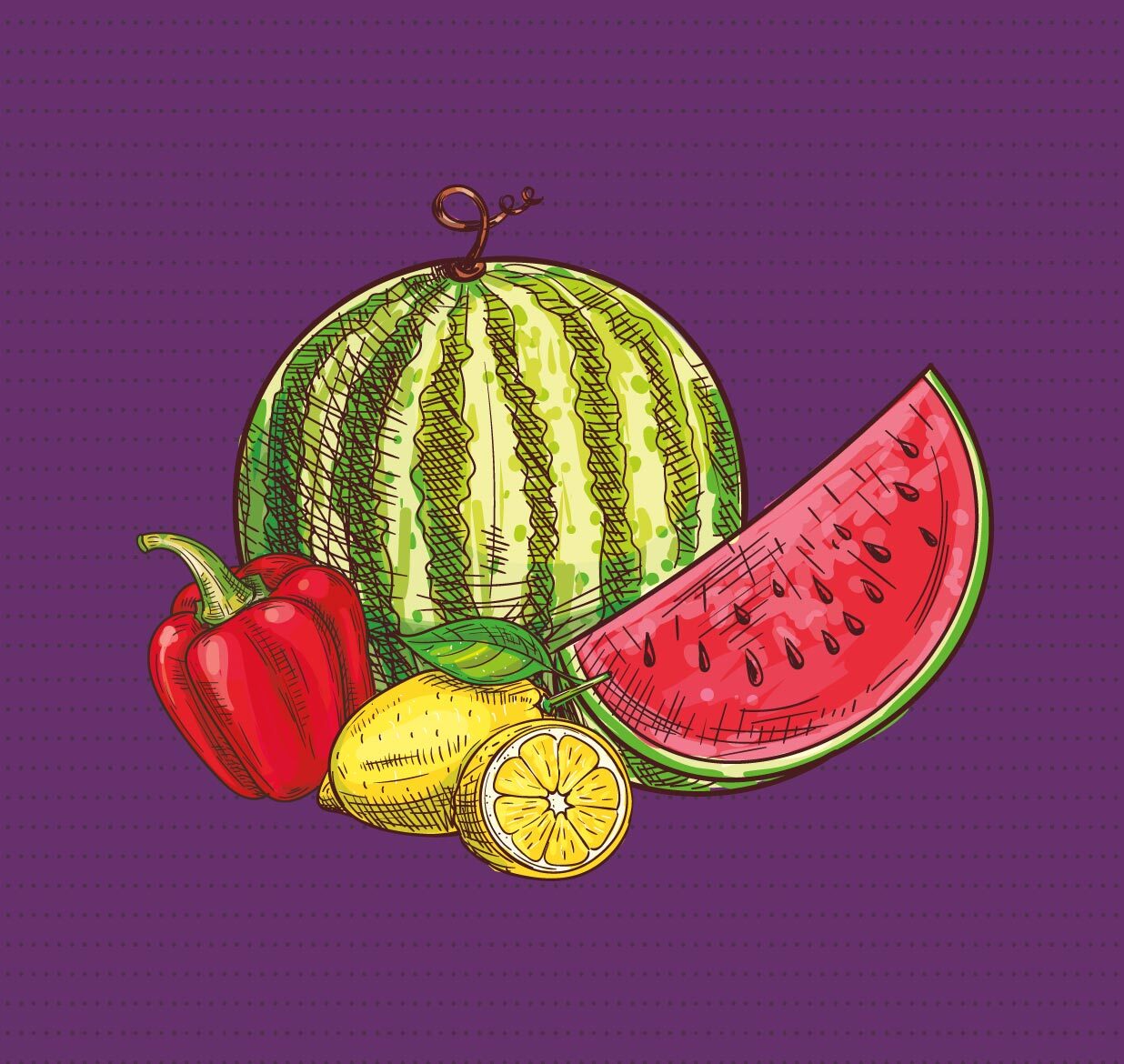Medford Public Schools

District Details
Medford, Massachusetts
District Enrollment: 4284
District F/R: 42%
District ADP: 38%
Production Model: Self-Operated
School Year Implemented: 2018
# of Grants Awarded: 1

District Details
Medford, Massachusetts
District Enrollment: 4284
District F/R: 42%
District ADP: 38%
Production Model: Self-Operated
School Year Implemented: 2018
# of Grants Awarded: 1
Participating Schools
| Columbus Elementary School |
|---|
| Age Group: K - 5 |
| School Size: Medium (301-900) |
| School Environment: Urban |
| School F/R: 52% |
| School ADP: N/A |








